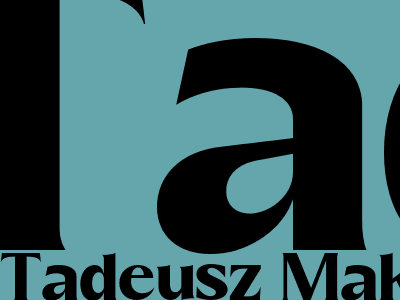Tadeusz Makowski: A Master of Modernism
Early Life and Influences
Tadeusz Makowski was born in Warsaw, Poland, in 1882. He studied art in Warsaw and Paris, where he was influenced by the work of Cezanne, Gauguin, and Van Gogh.
Makowski's early work was characterized by bright colors and bold brushstrokes, but he later developed a more subdued and refined style.
Artistic Career
Makowski was a prolific artist, producing over 2,000 paintings, sculptures, and drawings. He exhibited his work extensively throughout Europe and the United States.
Makowski's work is often characterized by its use of geometric forms and its focus on the human figure. He was also a skilled portraitist, and his portraits are known for their psychological depth.
Later Years and Legacy
Makowski died in Paris in 1932. He is buried in the Montparnasse Cemetery, alongside other notable artists such as Gertrude Stein and Jean Cocteau.
Makowski's work is now represented in major museums around the world, including the Museum of Modern Art in New York City and the Tate Modern in London.
Style and Technique
Makowski's style evolved over time, but he is best known for his geometric abstraction and his use of vibrant colors. He was also a skilled draftsman, and his drawings are often characterized by their delicate lines and subtle shading.
Makowski's work is often compared to that of Fernand Leger and Piet Mondrian. However, Makowski's work is more lyrical and poetic than that of his contemporaries.
Influence on Polish Art
Makowski was one of the most important Polish artists of the 20th century. He was a pioneer of modernism in Poland, and his work had a significant influence on the development of Polish art.
Makowski's work is still highly regarded today, and he is considered one of the most important Polish artists of all time.

Komentar